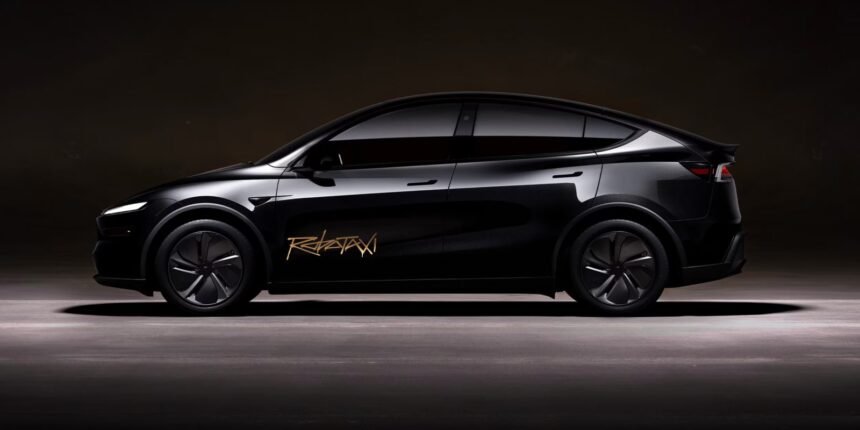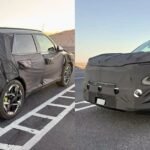Tesla’s “Robotaxi” service has been a topic of controversy, with Waymo founder and former CEO John Krafcik raising concerns about the approach taken by Tesla. Krafcik, a respected leader in the auto industry, has been critical of Tesla’s self-driving technology and its rollout of the “Robotaxi” service.
Krafcik, who led Waymo to become a leader in self-driving technology, has questioned the authenticity of Tesla’s “Robotaxi” service. He pointed out that there are Tesla employees in the front seat of every vehicle in the fleet, ready to intervene if needed. This has led Krafcik to suggest that Tesla’s service may not truly qualify as a “robotaxi” service.
Despite expanding the service area to the Bay Area in California, Tesla continues to have employees in the car, leading Krafcik to compare the experience to a typical Uber ride. He emphasized that true autonomous vehicle (AV) services, like Waymo’s, do not require human supervisors in the vehicle.
Tesla’s decision to limit access to the service to “invite-only” participants, primarily influencers and investors, has also raised questions about transparency and accessibility. While CEO Elon Musk has hinted at opening up the service to the public, the need for in-car supervisors may remain a requirement for the foreseeable future.
From an industry perspective, Waymo’s deployment of a true robotaxi service stands in contrast to Tesla’s approach. Waymo has focused on safety and transparency, gradually phasing out the need for human intervention as the technology advances. In comparison, Tesla’s reliance on human supervisors suggests a slower progression towards fully autonomous driving.
Ultimately, the debate between Waymo and Tesla highlights the importance of prioritizing safety in the development of self-driving technology. While Tesla’s approach may be focused on rapid scaling, Waymo’s emphasis on safety and reliability offers a different perspective on the future of autonomous vehicles. As the industry evolves, the balance between speed and safety will continue to shape the trajectory of self-driving technology.







